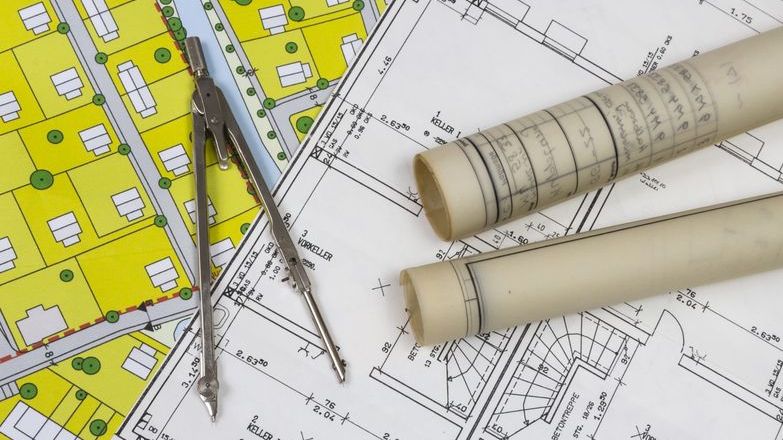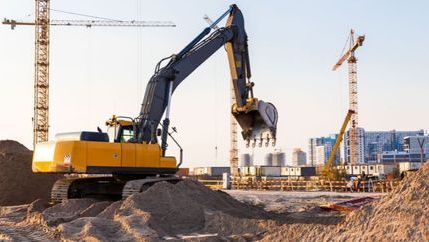
Much more weight on councils’ shoulders
Every local authority will be expected to have an up-to-date plan, with targets based on the standard model for determining housing needs. Areas with the most unaffordable housing and the greatest growth potential will have much higher targets. Propertymark strongly supported this move, and the requirement for a five-year pipeline of specific, deliverable sites, during the consultation earlier in 2024.
To support delivery, measures will be introduced under the forthcoming Planning and Infrastructure Bill to modernise, up-skill and empower local planning committees and officers. However, the Local Government Association responded cautiously, stating that while councils recognise that swift decision-making on planning applications is critical, local authorities must be given greater powers to ensure prompt build-out of sites with planning permission, as well as the ability to set planning fees at a local level.
Brownfield first, grey belt second
Previously developed land outside the Green Belt is known as brownfield, and this land must continue to be the first port of call for any new development and the default response to planning applications should be ‘yes’. The UK Government is developing Brownfield Passports to support and expedite the development of brownfield land in urban areas, with more details to be set out in 2025.
Grey belt is defined as land within the Green Belt that has previously been developed, or that doesn’t strongly contribute to the key functions of preventing urban sprawl, stopping neighbouring towns from merging, or preserving the setting and special character of historic towns.
The UK Government is clear that building on the Green Belt should only be considered under exceptional circumstances, including instances when a council cannot meet the local need for homes, commercial or other development in any other way.







